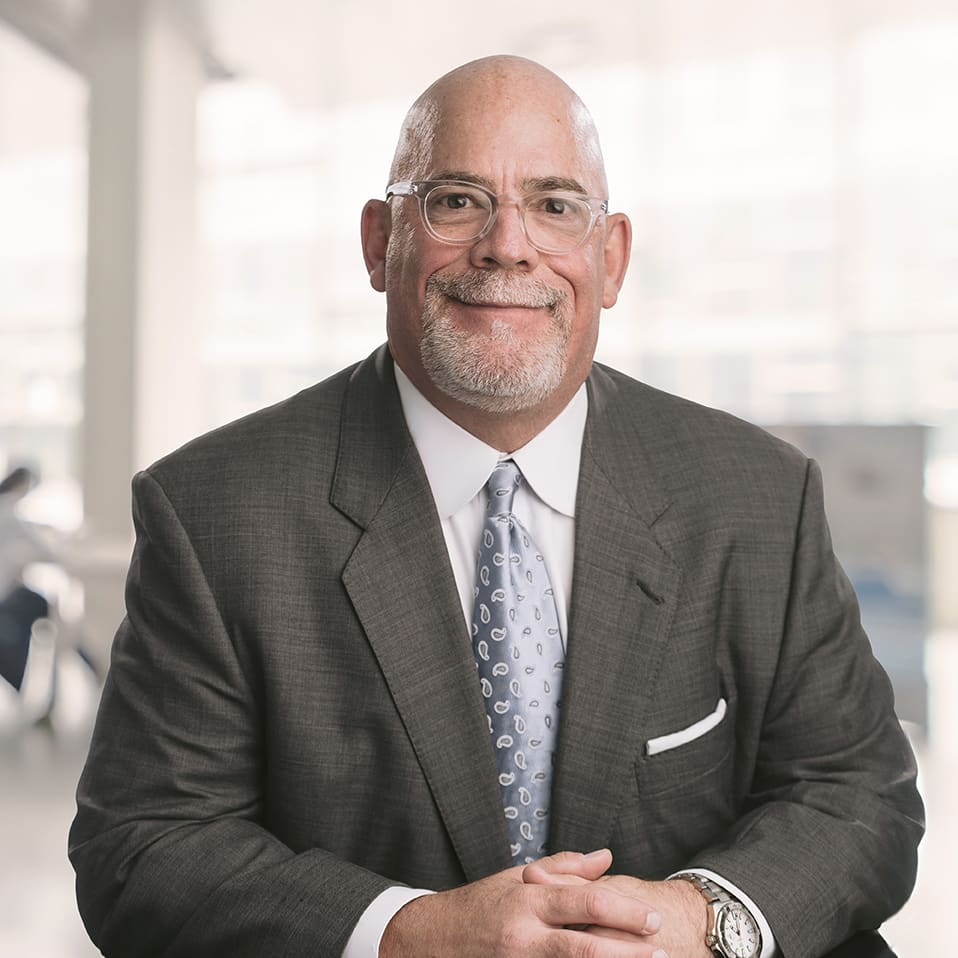NEWS POST
Long-Haul Covid Infects Healthcare Real Estate
Supply chain, nurses’ strike, revenue constraints collide

While the Covid pandemic is subsiding, the impact of the demands put on the healthcare system from those events continues. Compounding that are supply chain constraints, staffing challenges, and changes in reimbursements from insurance to providers.
Many of those issues arose quickly, creating challenges that the healthcare industry hadn’t seen previously — creating a “shock to the healthcare system.” This has had an effect in multiple areas of healthcare, since most systems have contributing employee issues of burnout following non-stop working through 2022, pressure from nurses’ and ancillary care workers’ unions, and low overall unemployment. It’s obvious that healthcare is in the midst of a crisis.
Now add the physical locations needed for healthcare. While some healthcare can be delivered virtually, the vast majority need an in-person visit in a physical location.
Revenue continues to trend downward
Those locations bring costs that many other businesses face – interest rate increases, an inflationary environment impacting the costs of products, equipment, and increasing property taxes but come with decreasing revenue from reimbursements. This isn’t new. For the past 10 years, controlling operational expenses has become a greater challenge for healthcare systems to accomplish their objective for providing exceptional patient care.
A recent Healthcare Financial Management Association survey showed the median percentage of revenue coming from inpatient services will fall to 25% by 2030. In 2019, that figure was 40%. This trend has been underway for the past 15 years and represents a continued decrease in overall inpatient care (care provided in a hospital setting). For a variety of reasons, a hospital’s role in providing healthcare will continue to shrink or be redefined as we continue moving toward an ambulatory care-based model (medical services performed on an outpatient basis, without admission to a hospital or other facility).
Locations move away from the mother-ship hospital
Another trend that has steadily continued is the move to an ambulatory strategy placing care and services closer to the patient in a more convenient setting and structure. This has resulted in many of the services once being provided in a hospital setting now being provided in these more accessible facilities. These more accessible settings are typically located in the suburbs and exburbs in areas which include high residential growth, retail properties, stand-alone urgent cares, and independent specialized clinics, (orthopedics, gastro-intestinal, podiatry, primary care, etc.) creating a more decentralized landscape for healthcare.
The intent of this strategy is to catch the patient in a location that is convenient to them for the basic and routine healthcare needs and drive the more acute and critical care needs back to the hospitals. Prior to 2010 when healthcare reform took center stage, hospital campuses were the “center” for healthcare and typically the real estate was more expensive because of its adjacency to the hospital for patient convenience.
Prior to the pandemic, a suburban location was also less expensive than a hospital-connected campus location due to land costs. Off campus locations base rent could be $5.00-$8.00 per square foot less in addition to having lower operating expenses and real estate taxes. Based upon the current post pandemic market dynamics discussed earlier, while the strategy is still the same, the costs for these facilities are no longer less than a hospital campus.
In addition, these outpatient facilities are following the lead of retail and multi-family sectors over the last 10-15 years with more focus on the end user. That focus extends to new amenities such as comfortable waiting rooms with a focus on hospitality including coffee or grab and go food options, ample free parking for patients and visitors, shower and locker facilities, natural lights to draw in and enhance the experience and engagement of the patient and, their family members and caregivers. When systems engage with their patients, the patients are more likely to engage with the systems and proactively seek care.
Advancements in technology, combined with a desire to make healthcare more accessible to the patient has repositioned how healthcare facilities are located and what they look like. This shift has impacted real estate needs and created opportunities for healthcare systems, their patients and all those in the real estate sector.
Importance of a real estate strategy
Due to the confluence of the impacts mentioned above, hospitals and health systems want to be able to best optimize their resources; their real estate strategy is a big part of that focus. Like many professional services wondering if employees will come back to work and if their footprint can be reduced, healthcare systems are taking a closer look at back-office and administrative tasks such as medical billing and coding. Can these functions be moved to a remote position reducing the need for the space? Are there underutilized areas that a system can partner with to provide some of these amenities-pharmacy, food and beverage? Is there excess land that can be developed or sold outright? What about the opportunities to partner with a capital partner for a sale-leaseback allowing the healthcare provider a cash influx while they are able to maintain their space for a long period of time.
There are many creative solutions that can leverage the real estate. That strategy can go in a number of directions, which is all the more reason to partner with an independent real estate advisor who can help you be effective in aligning your real estate with your business functions to support strategic, operational and financial goals.
Go to our Real Estate Advisory Services page to see how our experts can provide innovative solutions to your real estate needs.
Q4-2022 Office Market Report
Our knowledgeable, experienced team of real estate professionals is here to help you navigate the ever-changing office market.


Katie Trevena
Vice President | Real Estate Advisory
o: 952-525-3332
c: 612-481-1699
katie.trevena@forterep.com


News & Updates
Smart Budgeting for Commercial Real Estate Owners in 2026: Navigating a Shifting Economic Landscape
NEWS POSTSmart Budgeting for Commercial Real Estate Owners in 2026: Navigating a Shifting Economic Landscape By: Amy Melchior, Executive Vice President - Property Management at Forte Real Estate PartnersAs we move into the latter half of 2025, commercial real estate...
Q2 2025 Minneapolis-St. Paul Industrial Market Summary
MARKET INSIGHTQ2 2025 Minneapolis-St. Paul Industrial Market SummaryTwin Cities industrial market maintains stability with modest absorption and steady vacancy By: Erik Nordstrom, Senior Associate-Real Estate Advisory provides insight to the Twin Cities industrial...
Q2 2025 Minneapolis-St. Paul Office Market Summary
MARKET INSIGHTQ2 2025 Minneapolis-St. Paul Office Market Summary Q2 2025 Twin Cities Office Insights: A Tale of Two Markets Forte’s Erik Nordstrom, Senior Associate-Real Estate Advisory, provides insight to the Twin Cities office market report recently released by...



